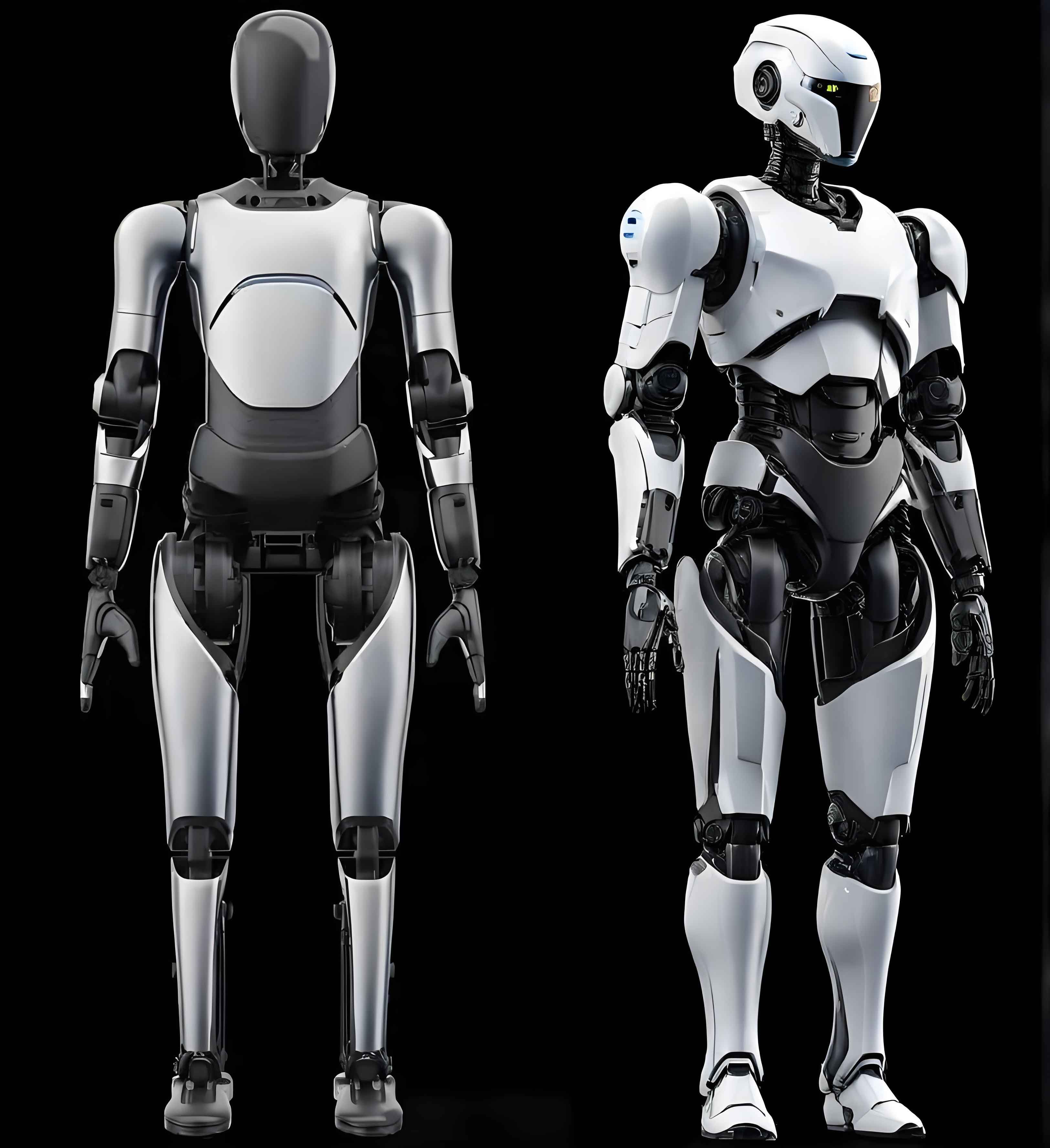China’s robotics industry is rapidly expanding its global footprint, with domestic humanoid robots securing international deployments while advancing commercial applications. Following the August 2024 release of the A2-D model by Zhiyuan Robotics, 200 units have been sold domestically. Similarly, Galaxea R1 Pro from Xinghait Artificial Intelligence Technology Co., Ltd. has received over 100 orders, with more than 50 units delivered, including shipments destined for overseas food service operations by mid-year.

Enhanced Data Collection Efficiency
At the exhibition booth of Songying Technology, visitors manipulated virtual objects using handheld controllers while robotic arms mirrored their movements in real-time. This simulation software accelerates data acquisition for embodied intelligence models – a critical component in China robot development. The platform has cataloged over 10 scenarios and thousands of actions, complementing the OpenLoong open-source community dataset containing authentic data from Qinglong robots.
“High-quality datasets are fundamental for training robots to execute complex tasks,” explained a representative. Traditional data collection involves physical training facilities, but virtual simulations enable rapid acquisition of millions of standardized data points. OpenLoong’s repository integrates visual, tactile, force, motion trajectory, and robot status data – accelerating the commercialization of intelligent China robots. This technological edge demonstrates how China robot innovations streamline development cycles while maintaining industrial-grade precision.
Expansion to Overseas Markets
Zhiyuan Robotics’ A2-D units demonstrate capabilities including sandwich preparation, garment ironing, and table setting. “These China robots handle kitchen ingredient preparation, beverage crafting, and retail checkout operations,” a technician noted. Each unit undergoes training at Shanghai’s Zhangjiang facility, where 100 humanoid robots collaborate with data engineers in replicated environments like restaurants and homes, generating over 1,000 operational datasets daily.
Remarkably, perfecting a basic task like pouring water requires nearly 100 high-quality data entries. After cloud-based model training, these capabilities deploy across product lines. Zhiyuan’s manufacturing plant produced 1,000 humanoid China robots in 2024, with planned capacity expansion to several thousand units in 2025.
Meanwhile, Xinghait’s Galaxea R1 Pro exemplifies China robot export momentum. Its modular 7-DOF biomimetic arm and 6-DOF force-sensitive dexterous hand perform delicate operations like assembly and precision grasping. “This China robot component is detachable for transport and reconfiguration,” a company representative emphasized. Priced at approximately ¥500,000 per unit, the 5kg-capacity arms utilize Real2Sim technology for motion capture replication. “Over 50 units have been delivered from our 100-unit order book, with several scheduled for deployment in international fried chicken restaurants this summer,” confirming the global demand for specialized China robot solutions.
Pursuit of Higher Cost Efficiency
Tihu Technology showcased its lightweight joint modules and TL70A humanoid platform, emphasizing industrial-grade durability. “Our innovation balances mass reduction with power retention,” an engineer demonstrated, highlighting 24-hour continuous operation capabilities with IP67-rated dust/water resistance. The proprietary PRO, PRO-S, and NH series joints enable the 1.7-meter, 48kg TL70A China robot to achieve 44 degrees of freedom – including advanced maneuvers like single-leg jumps.
Modularity remains central to China robot economics. Clients configure specialized robots using interchangeable components, avoiding unnecessary capabilities. “Not every China robot requires jumping or running functions,” the representative clarified. “Our modular approach delivers tailored solutions at accessible price points.” Reflecting global expansion trends among China robot manufacturers, Tihu Technology plans to establish a U.S.-based subsidiary for localized operations and market adaptation.
Technical Specifications Comparison
| Model | Manufacturer | Key Features | Load Capacity | Production Status |
|---|---|---|---|---|
| A2-D | Zhiyuan Robotics | 2m reach height, obstacle navigation | N/A | 200 units sold |
| Galaxea R1 Pro | Xinghait AI Tech | Modular 7-DOF arm, force-sensitive hand | 5kg | 50+ delivered (100 orders) |
| TL70A | Tihu Technology | 44 DOF, single-leg jumping | N/A | Prototype stage |
The accelerating deployment of China robots internationally reflects significant progress in embodied intelligence systems. Simulation platforms like those from Songying Technology address previously time-intensive training requirements, while modular architectures exemplified by Galaxea R1 Pro enable flexible international shipping and customization. These developments position China robot manufacturers at the forefront of affordable, adaptable automation solutions.
Industry observers note that China robot exports increasingly target specialized service sectors rather than generalized labor replacement. The food service deployments demonstrate how purpose-built China robots address specific operational needs – from ingredient handling to precision cooking tasks. This sector-specific approach accelerates ROI calculations for international buyers considering China robot acquisitions.
With Zhiyuan Robotics scaling to thousands of units annually and multiple China robot developers establishing overseas operations, the global automation landscape is witnessing a strategic shift. These China robot platforms combine rapidly iterated software capabilities with increasingly sophisticated hardware architectures, creating vertically integrated solutions competitive in both performance and pricing. As training datasets expand through virtual and physical collection methods, the operational fluency of exported China robots continues to improve, reducing deployment timelines for international clients.
The trajectory suggests China robot manufacturers will increasingly dominate middle-tier automation markets where flexibility and cost efficiency outweigh extreme precision requirements. This aligns with global manufacturing trends toward adaptable production lines and service industry automation – sectors where modular China robot systems offer compelling advantages over traditional fixed automation.
